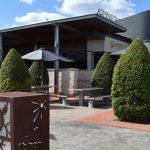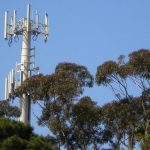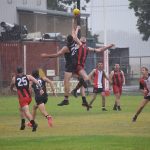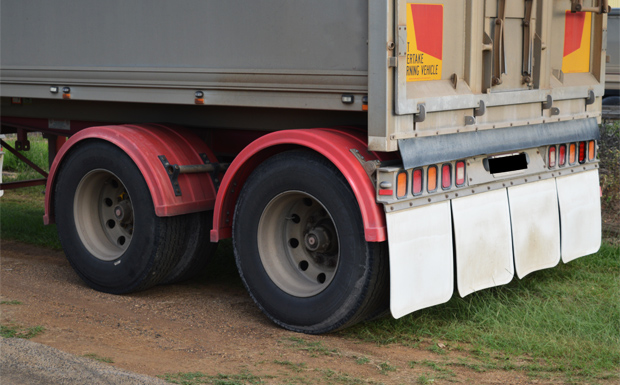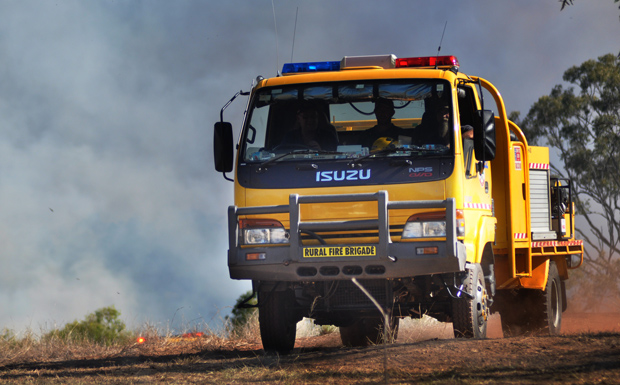
July 7, 2015
Would you know how to report a bushfire? With the bushfire season rapidly approaching, the Rural Fire Service Queensland (RFSQ) is asking residents to be well informed when reporting a fire emergency.
RFSQ spokesman Lawrence Laing said quick and efficient reporting of any incident could greatly aid emergency response.
“Thanks to quick reporting by locals and travellers, crews are able to activate quickly and get on top of a blaze before it takes hold,” he said.
Mr Laing said making a call to emergency services was very simple, but it was important for residents to equip themselves with as much information as possible about the incident when calling Triple Zero (000).
“Ensure you know where the fire is located, in urban areas this includes a street number, name, nearest cross street and locality,” he said.
“In rural areas it is important to know your rural road number and correct road name which will assist emergency service to know how far your property is from the nearest major intersection along that road.
“Other helpful information you could provide would include the direction a fire is travelling, the level of threat, assets in the area and nearby water supplies as well as any fire suppression actions you are undertaking.”
Mr Laing said knowing this information when reporting a bushfire would help firefighters to protect life and property during an emergency.
“When you first dial triple zero, you’ll get through to an emergency Telstra switch and will be asked which service you require – police, fire or ambulance,” he said.
“If you require the fire service, the Telstra switch operator will connect you to a Fire Communications Officer, who will ask you a series of questions to help identify the nature of the emergency and where you are.
“It is very important that you don’t hang up until asked to by the operator.”
Questions you will be asked include:
- What is the location of the incident?
- What is the nature of the emergency?
- Is anyone trapped, injured, endangered or unaccounted for?
- What is your phone number?
- What is burning?
- Are any persons or livestock being threatened by the fire?
- Is it close to any structures? If so, how close to the structure is the fire?
- Is anyone in attendance at the fire?
- What size is the fire?
- What is the best access to the fire?
“By knowing the answer to as many of these questions as possible, you will help us to help you during a fire emergency,” Mr Laing said.







